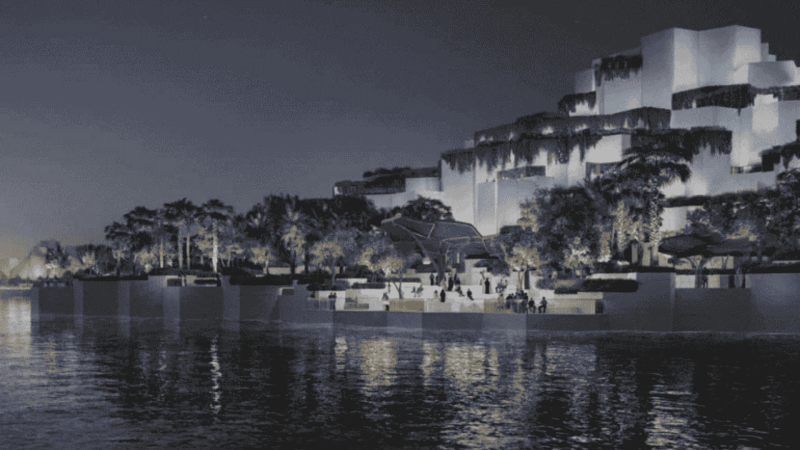The Natural History Museum Abu Dhabi is set to officially open its doors to the public on November 22, marking a major milestone for the Saadiyat Cultural District. Spanning more than 35,000 square metres, the museum is designed by the world-renowned architecture firm Mecanoo. Its exterior, inspired by natural rock formations, aims to connect visitors with the Earth’s history before they even step inside.
The Natural History Museum Abu Dhabi will take visitors on a journey through 13.8 billion years of history — from the origins of the universe to glimpses of the future. The museum will showcase some of the rarest specimens on Earth, offering an unparalleled educational and scientific experience.
Among its main attractions is “Stan”, the world-famous Tyrannosaurus rex fossil standing 11.7 metres tall. Stan is one of the most well-preserved fossils of the late Cretaceous period and is a highlight for paleontology enthusiasts. Alongside it will be the Murchison meteorite, which fell in Australia in 1969. This meteorite contains pre-solar grains and organic compounds formed over seven billion years ago, predating our solar system.
The museum’s exhibits will also focus on the natural history of the Arabian Peninsula. One section, the Late Miocene Abu Dhabi Gallery, will feature life-sized models of prehistoric animals that once roamed the region — including elephants, crocodiles, turtles, and hippos. Visitors will also see fossilized tracks from the Mleisa Elephant Trackway, discovered in Al Dhafra, dating back seven million years.
Beyond its exhibits, the Natural History Museum Abu Dhabi will host a state-of-the-art research center, advancing studies in zoology, paleontology, marine biology, molecular science, and earth studies. The goal is to deepen understanding of Earth’s history while inspiring future scientific innovation.
Even before opening, the museum has made a global impact through research. In collaboration with the University of Manchester, scientists discovered microscopic 3D interlocking structures in 150-million-year-old pterosaur wing bones, findings that could revolutionize aviation material design.
The museum is expected to become a leading global institution in science, research, and education, reflecting Abu Dhabi’s growing role as a hub for cultural and intellectual excellence.
In other news read more about: Pakistani Artist Waqas Khan To Exhibit Solo Show At Irish Museum







